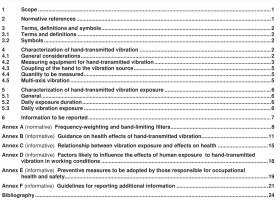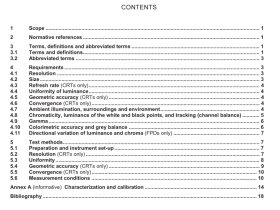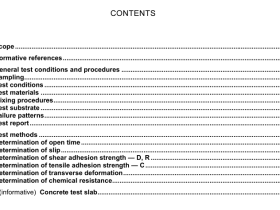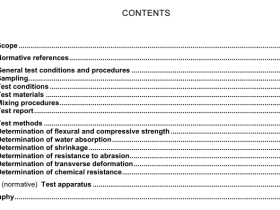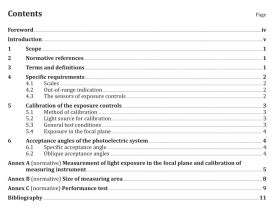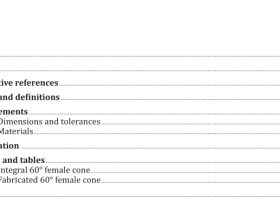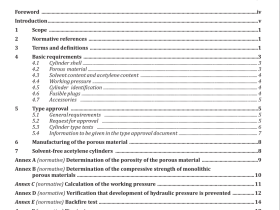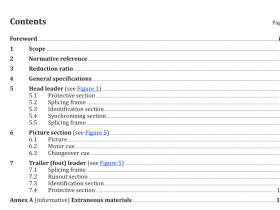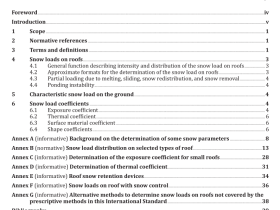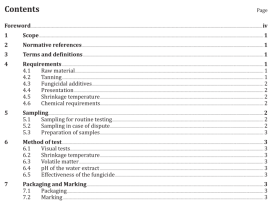BS EN ISO 15952 pdf download
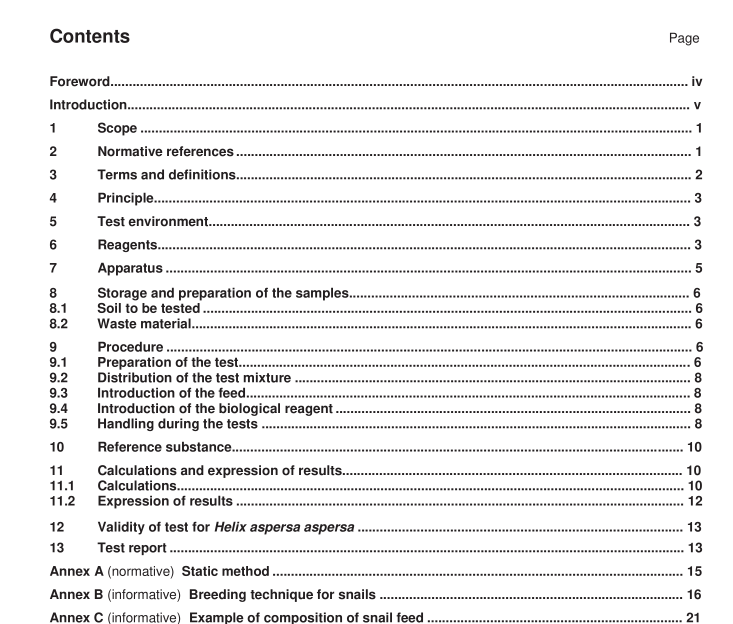
BS EN ISO 15952 pdf download Soil quality — Effects of pollutants on juvenile land snails (Helicidae) — Determination of the effects on growth by soil contamination (ISO 15952:2006)
9.1.2 Preparation of the test mixtures
9.1.2.1 General
The test mixture (3.3) is made up of test substrate and of test substance, preparation or matrix. Prepare enough test mixture in order to cover the bottom of the test container with a layer of the test mixture of at least 1 cm.
If the test substance is used in the raw state (without dehydration prior to use), take into account its moisture rate so as to express the concentrations in milligrams of substance or of preparation per kilogram of dry test substrate and, for the matrixes, in mass percentage of matrix (expressed in dry mass) in the test mixture (expressed in dry mass).
9.1.2.2 Water-soluble or emulsifiable substances and preparations
For each examined concentration, dissolve the appropriate quantity of test substance or preparation required for obtaining the desired concentration in the same water (6.1 ) used for moistening the test substrate. Spray the solution over the dry or raw test substrate (6.3), then mix carefully.
The final test mixture shall have a moisture content corresponding to 50 % to 60 % of its total water-holding capacity (determined according to ISO 1 1 274 or according to Annex A of ISO 1 1 269-2).
Measure the pH for each test concentration according to ISO 1 0390.
Proceed likewise for the control treatment apart from the addition of test substance or preparation.
Continue the test as specified in 9.2.
9.1.2.3 Water-insoluble substances and preparations, but soluble in organic solvents
Dissolve the quantity of test substance or preparation required for obtaining the desired concentration into a volatile solvent (e.g. methanol or acetone). Spray the obtained solution over the dry or raw test substrate (6.3).
Carefully mix the totality and let the organic solvent to evaporate under a fume cupboard for 24 h.
Moisten the mixture with water (6.1) up to 50 % to 60 % of its total water-holding capacity (determined according to ISO 1 1 274 or according to Annex A of ISO 1 1 269-2), then mix carefully.
Measure the pH for each test concentration according to ISO 1 0390.
Proceed likewise for the control treatment apart from the addition of test substance or preparation.
Continue the test as specified in 9.2.
9.1.2.4 Substances and preparations insoluble in both water and organic solvents
For a substance or preparation that is insoluble in a volatile solvent, prepare a mixture of 1 0 g of industrial quartz sand (6.3.2) (previously sampled from the quantity of sand required for the preparation of the test substrate) and of the quantity of test substance or preparation required in order to obtain the desired concentration. Pour the thus obtained mixture into a container containing the dry or raw test substrate (6.3) (except the 1 0 g used for the contamination). Mix carefully.
Moisten the mixture with water (6.1) up to 50 % to 60 % of its total water-holding capacity (determined according to ISO 1 1 274 or according to Annex A of ISO 1 1 269-2), then mix carefully.
Measure the pH for each test concentration according to ISO 1 0390.
Proceed likewise for the control treatment apart from the addition of test substance or preparation.
Continue the test as specified in 9.2.
